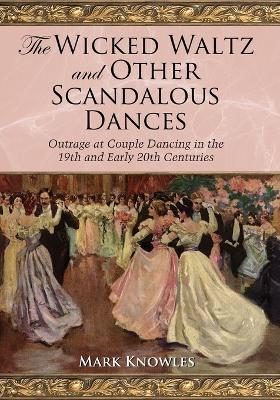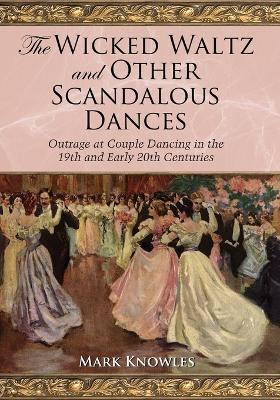L’articolo è stato aggiunto alla lista dei desideri
IBS.it, l'altro eCommerce
The Wicked Waltz and Other Scandalous Dances: Outrage at Couple Dancing in the 19th and Early 20th Centuries
Cliccando su “Conferma” dichiari che il contenuto da te inserito è conforme alle Condizioni Generali d’Uso del Sito ed alle Linee Guida sui Contenuti Vietati. Puoi rileggere e modificare e successivamente confermare il tuo contenuto. Tra poche ore lo troverai online (in caso contrario verifica la conformità del contenuto alle policy del Sito).
Grazie per la tua recensione!
Tra poche ore la vedrai online (in caso contrario verifica la conformità del testo alle nostre linee guida). Dopo la pubblicazione per te +4 punti



Tutti i formati ed edizioni
Popular social dances can reveal a lot about the lifestyle, culture, and social class of the people who perform them. The kicks, turns, twists, and other subtle nuances of each dance reflect and represent particular periods of a culture's history while they also profoundly influence that culture's fashion, music, and use of leisure time. This book investigates the historical development and importance of several popular dance crazes from the 19th and early 20th centuries, evaluating in particular how their very existence as 'taboo' cultural fads led to initial outrage while ultimately providing a catalyst for lasting social reform. The book opens with a brief overview of anti-dance sentiment from around the fourth century to the present day. It then focuses on couple dances of the 19th and early 20th centuries, revealing how these social dances in particular acted as an expression of this tumultuous period in history while revealing the shifting social attitudes of the day. The waltz, perhaps the most beloved and most maligned social dance to come out of this period, evoked indignant reaction from religious leaders and other self-appointed arbiters of social morality who sermonized against the corrupting influence of social dancing on decency and health. In addition to examining the impact of the waltz craze on fashion, music, leisure, and social reform, the text describes the violent opposition to the dance and the proliferation of both anti-dance and courtesy literature during the height of the waltz's popularity. It then explores these same issues as they relate to other dance crazes of the early 1900s, including the Charleston, the Tango, and Ragtime dances such as the Turkey Trot, Grizzly Bear, and Bunny Hug.
L'articolo è stato aggiunto al carrello
L’articolo è stato aggiunto alla lista dei desideri


